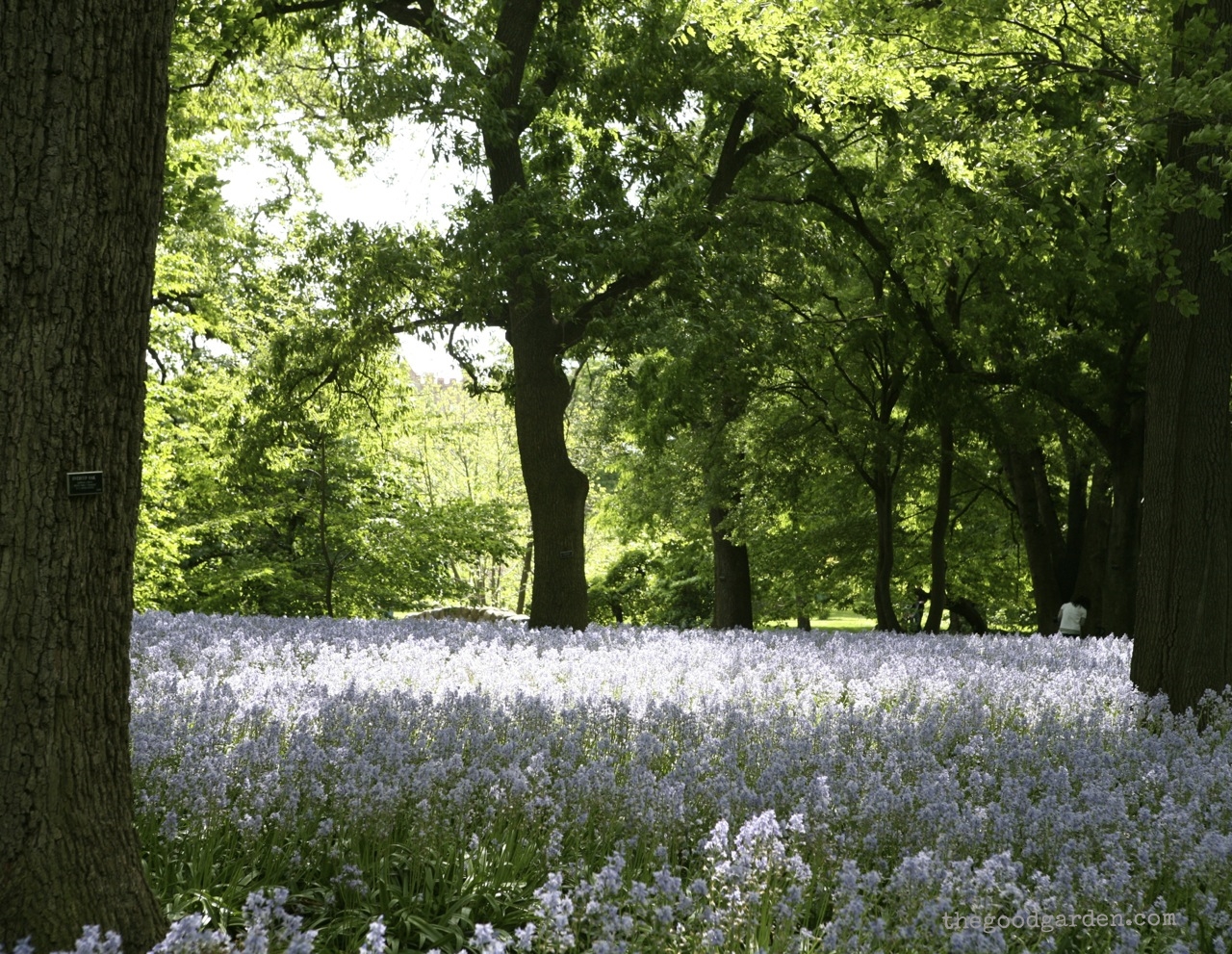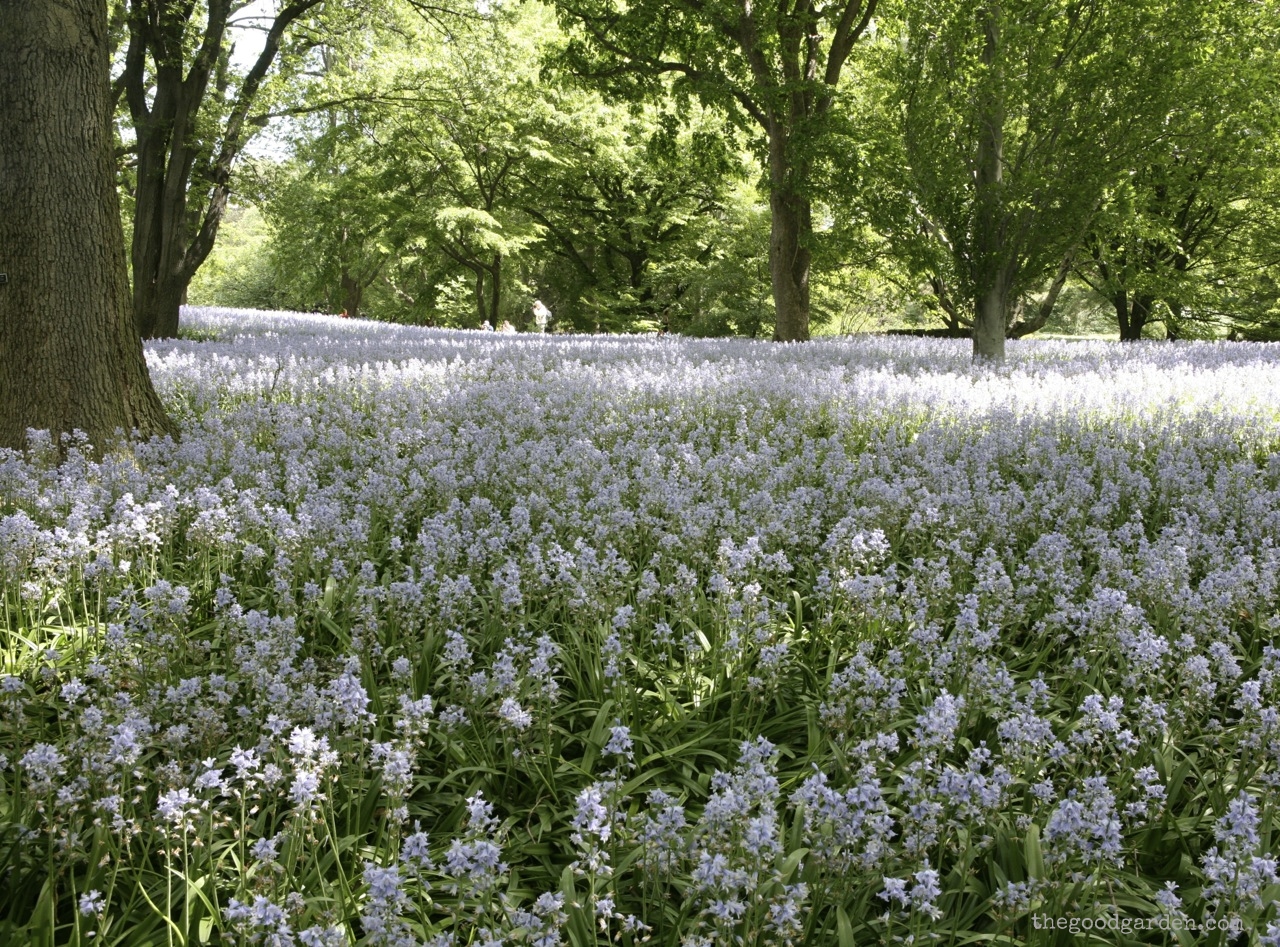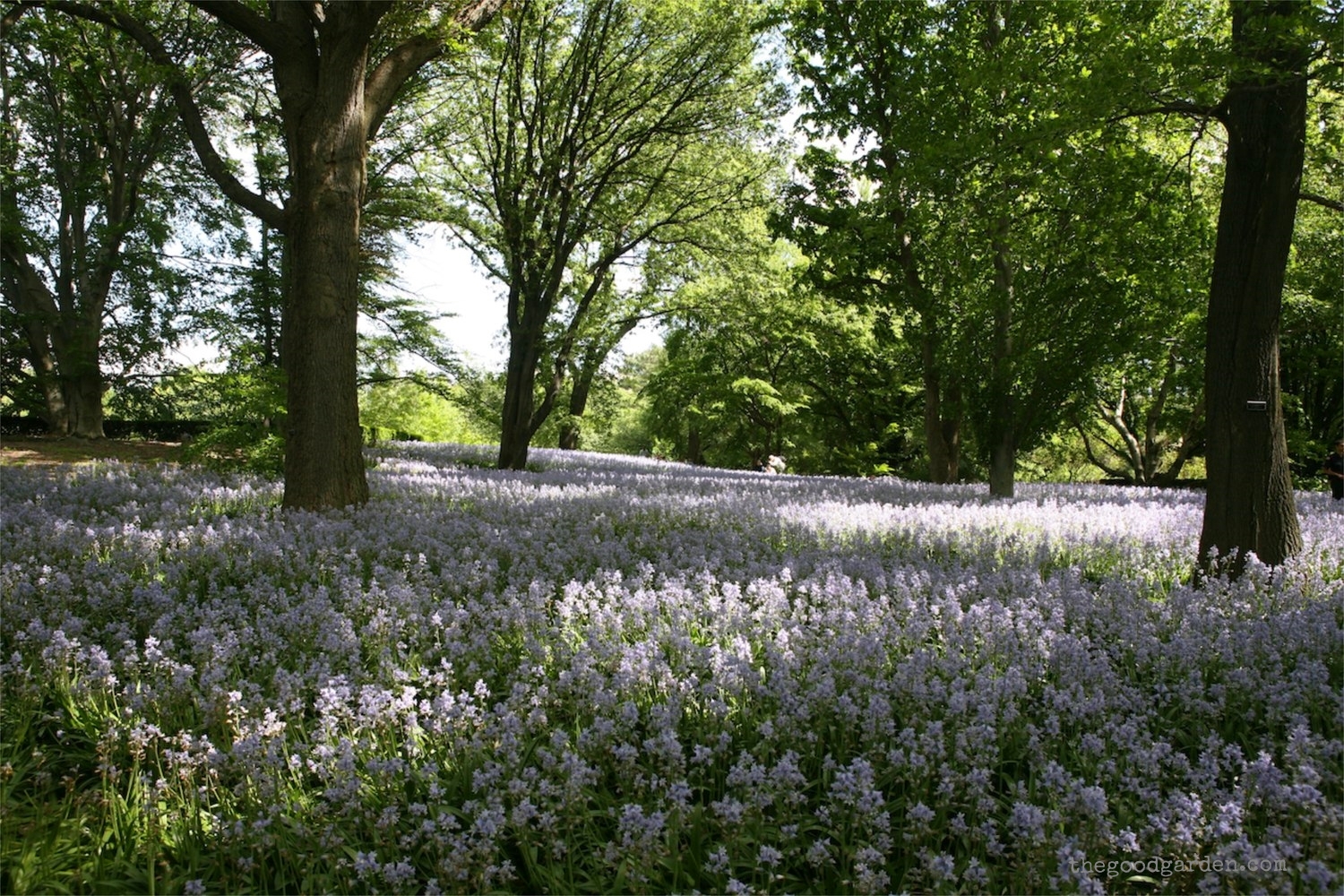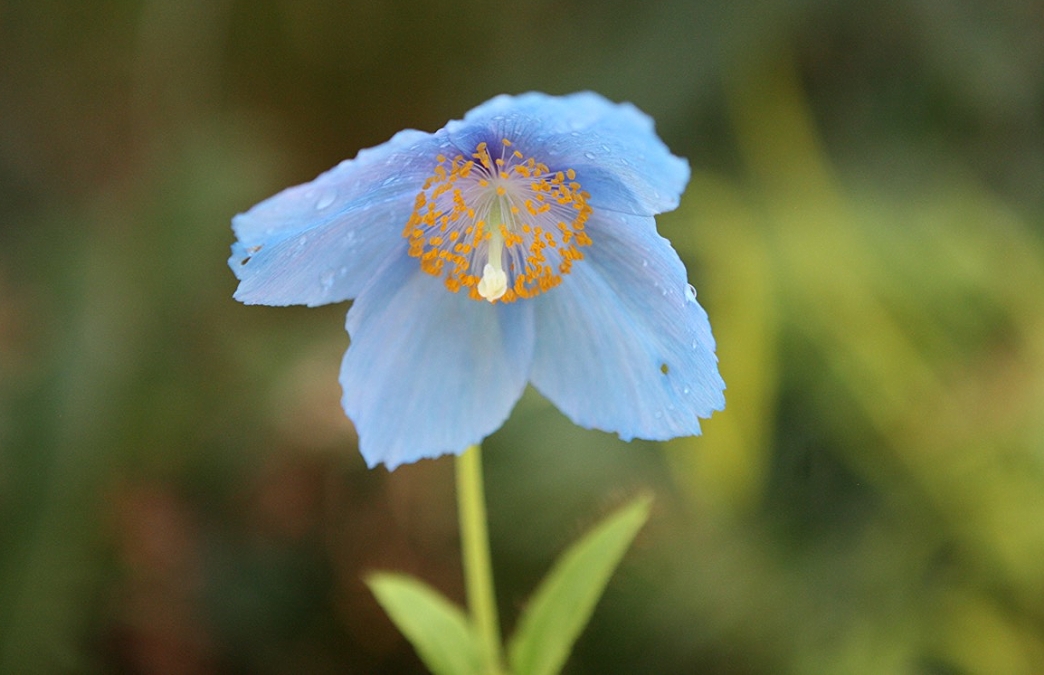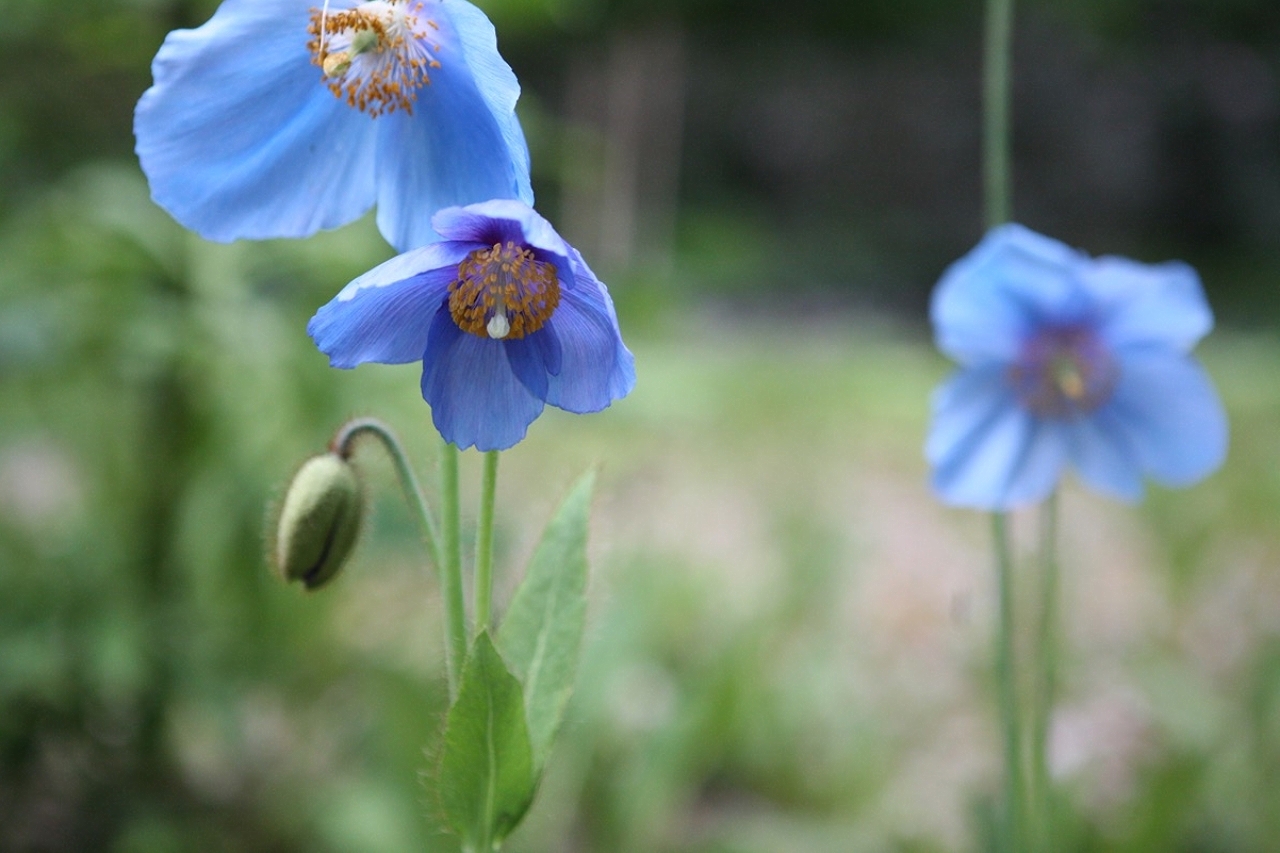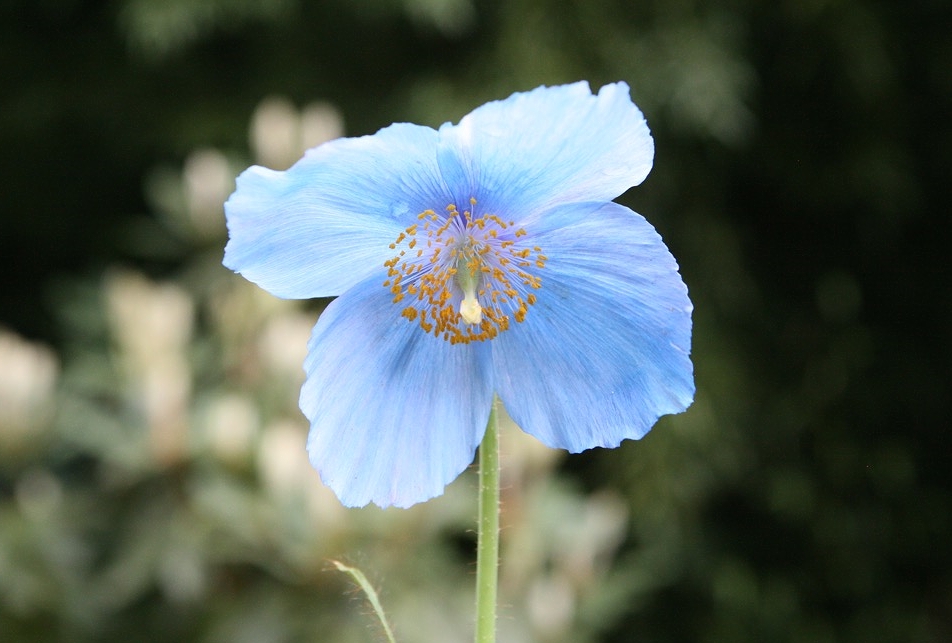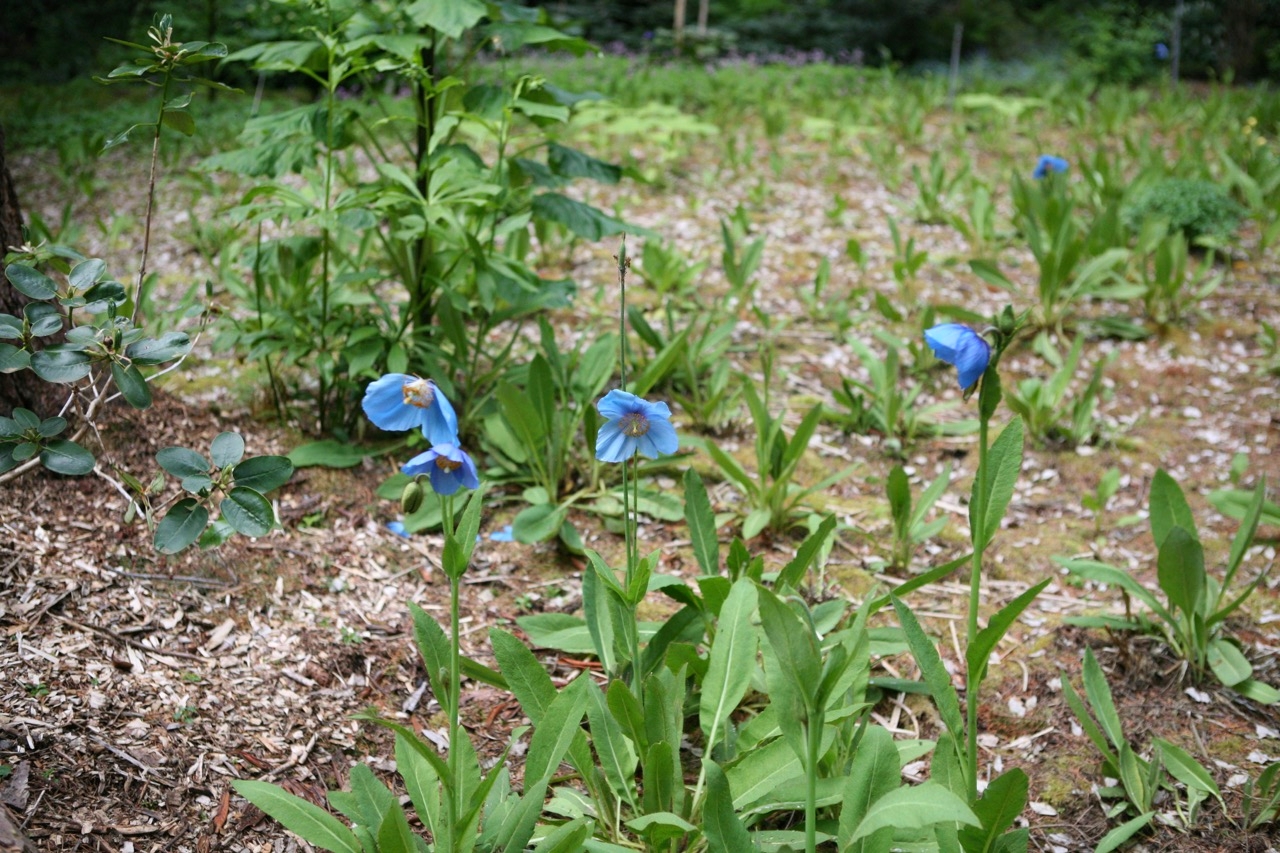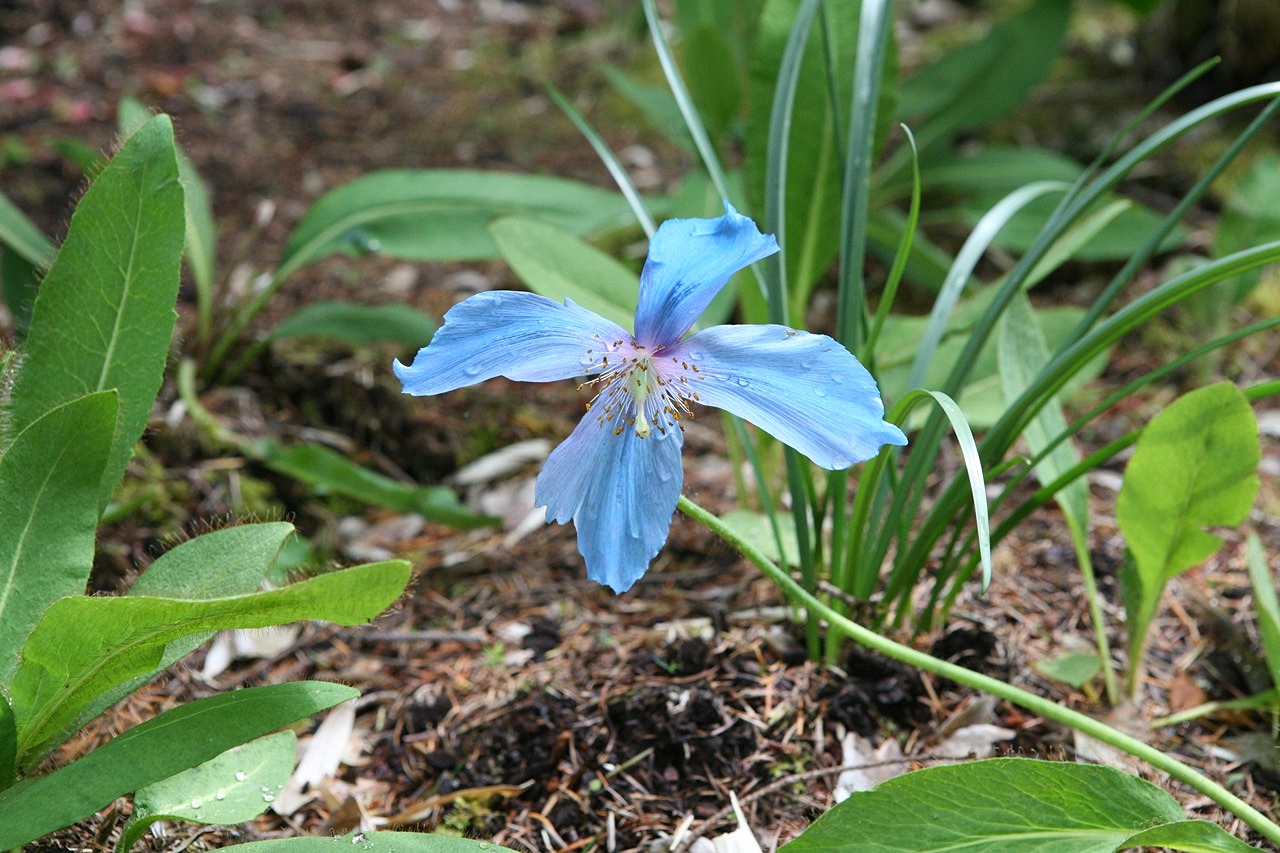Nearly every May, I have found a way to work in a visit to the Brooklyn Botanic Garden. And no matter when in the month I make my visit, I am always rewarded. Their cherry blossoms are spectacular and the grove of lilacs can’t be beat.
On this occasion I was able to make it to the garden at the right time to catch the brief but spectacular Bluebell Wood. 45,000 Spanish bluebells explode beneath a canopy of oak, birch, and beech trees. It’s is unforgettable. This perfect picturesque element was born out of necessity. The original lawn area was not doing well with so much shade. In 1994 Robert Hyland, former Brooklyn Botanical Garden head of horticulture, designed the planting that we see today.
In some climates, the Spanish bluebell is almost too good at what it does. The Plant Conservation Alliance lists Spanish Bluebells on its list of “plants to watch” in US Mid-Atlantic states and encourages their removal from native woodlands there.
And last year David Randall wrote “Spanish bluebell is on the loose” for UK’s The Independent. He said: “The desire of gardeners to have one of the great glories of the English countryside growing in their own backyards is threatening the very plant they adore. An insidious process involving garden centres, their customers and insects is doing great damage to that most emblematic of wildflowers, the native bluebell.”
Nonetheless, these bluebells are safe to use across many gardens and a bluebell display like this is quite special; plan a visit to the Brooklyn Botanic Garden so that you don’t miss the 2-week window when these beauties are in bloom.

